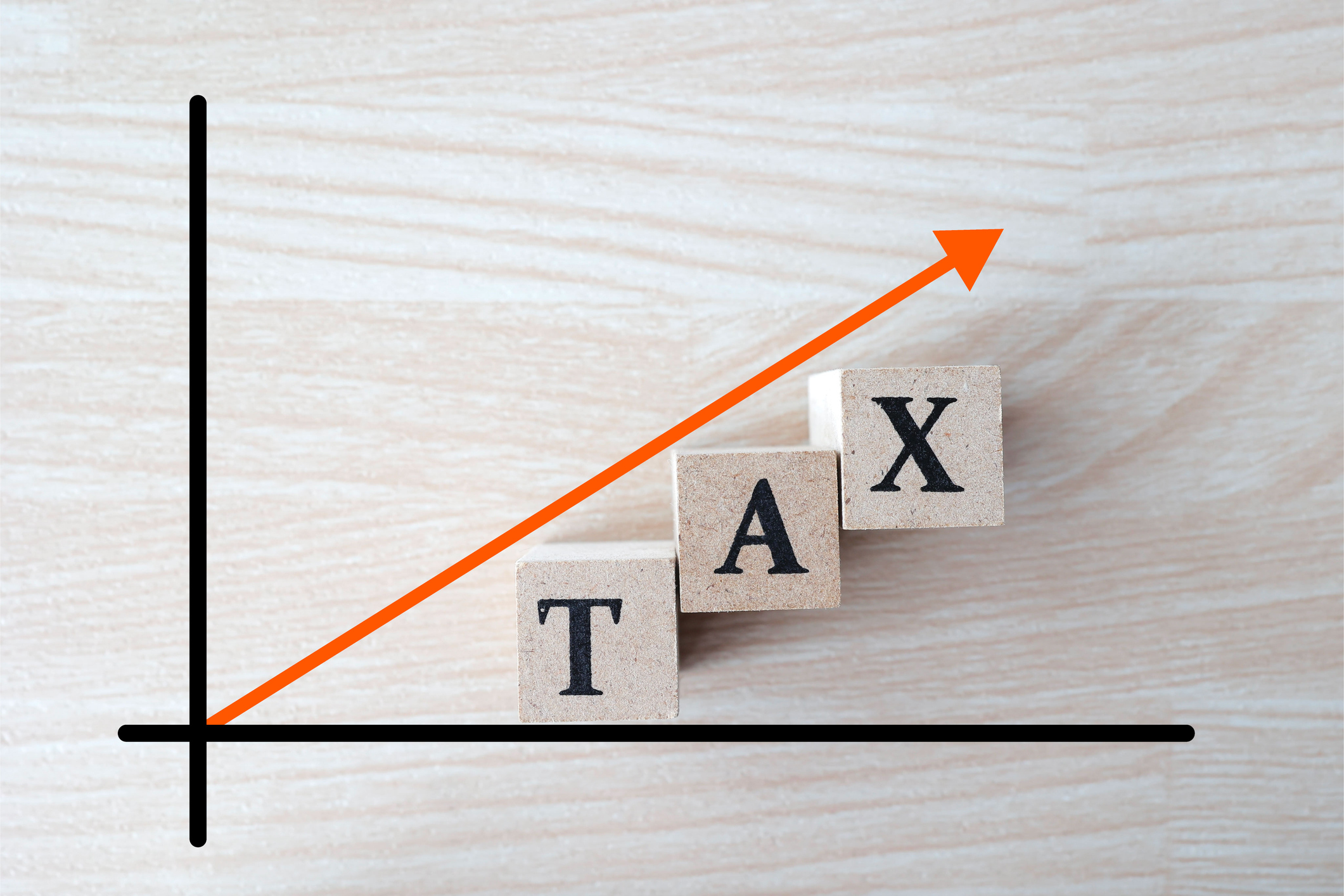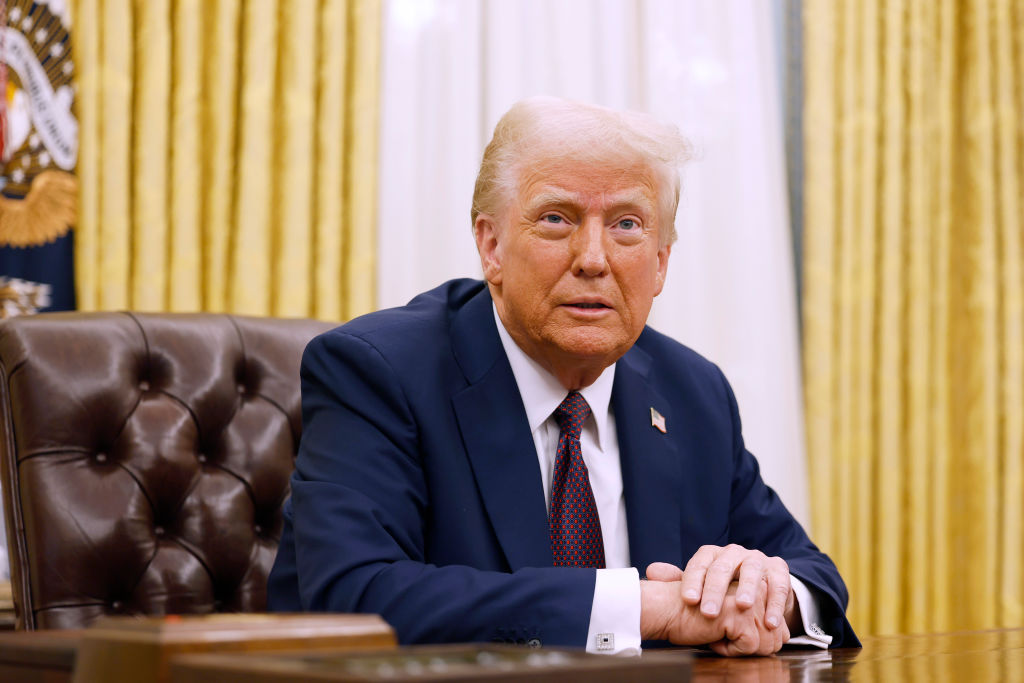Inflation Worries Lurk in U.S. and Abroad
Prices may rise quickly if the economy picks up steam.
There’s no reason to panic now, but it’s worth keeping an eye on inflation.
Ask almost any economist, and you’ll hear inflation isn’t likely to flare up anytime soon. True, the Labor Department’s Consumer Price Index has risen 3.2% over the 12 months that ended in April, up uncomfortably from 1.2% for the comparable period ending last October. But most of the increase has stemmed from gasoline and oil prices, which are, for the moment, down from their recent highs. (The latest figures come out this week.)
Also, prices haven’t begun to push wages up faster, which would be the real indicator of a serious inflation problem. And the U.S. economy remains sluggish. Not much there to justify inflation fears.

Sign up for Kiplinger’s Free E-Newsletters
Profit and prosper with the best of expert advice on investing, taxes, retirement, personal finance and more - straight to your e-mail.
Profit and prosper with the best of expert advice - straight to your e-mail.
Finally, although the Federal Reserve has been keeping interest rates at rock bottom to help reduce unemployment, it’s scheduled to pull back from that policy soon. And Fed Chairman Ben Bernanke has hinted that the central bank would move quickly to help blunt inflation pressures if they intensified.
So, as John H. Makin, an economist at the American Enterprise Institute, puts it, “Inflation expectations are still well contained.”
Still, while energy prices have stabilized in the last few weeks, the earlier big increases are resulting in increased costs for shipping and transportation. Commodity prices have also surged, making food and industrial materials more expensive. The medium-term outlook, given mounting worldwide demand and political instability in the Middle East, suggests some caution may be in order. Although some economists regard food and energy price hikes as temporary, they’re also very visible, and they’ve already had an impact in increasing inflation expectations. If such prices keep rising for too long, they will spur higher production costs and wage demands.
In some industries, there already is pent-up demand for wage and price hikes. Many U.S. firms that have been unable to raise prices — canned goods suppliers, for example — have cut package sizes instead. While the Bureau of Labor Statistics adjusts for such downsizing in compiling its price indexes, consumers have spotted the ploy, and it only adds to the impression that inflation may be worse than the numbers suggest. As the late 1970s and early 1980s proved, once expectations take root, it’s difficult to break an inflation cycle. When inflation hit 13% then, the Fed ended up pushing the U.S. into a recession to stop the wage-price spiral.
The sharp decline in the value of the dollar in recent months made imports more expensive, adding to inflation pressures in the U.S. Although the U.S. economy is growing slowly, the global economy is rebounding smartly, increasing worldwide demand for energy, commodities and manufactured goods.
Also, while the Fed seems poised to push interest rates higher if inflation speeds up, the central bank will be limited by the need to keep the recovery going. Critics warn that too sharp a rise in interest rates could blunt growth and send the economy into another slump. Congress faces a similar set of constraints on cutting government spending too rapidly.
To be sure, even with all these caveats, the danger that inflation expectations may get out of hand seems minimal. As Makin points out, the inflation rate these days still is a long way from the 13% pace of 1980.
Still, it’s worth monitoring all these pressures to make sure they don’t begin to build too rapidly. The Fed has made it clear that it believes such prudence is necessary. What it will do if price pressures continue to intensify will be a major test.
Get Kiplinger Today newsletter — free
Profit and prosper with the best of Kiplinger's advice on investing, taxes, retirement, personal finance and much more. Delivered daily. Enter your email in the box and click Sign Me Up.

-
 Which Generation Pays the Most Taxes in the US?
Which Generation Pays the Most Taxes in the US?Tax Burden Polls show that most people feel like taxes are unfair. But which age group bears the brunt of the tax burden in the United States?
By Kelley R. Taylor
-
 How Much Will Car Prices Go Up With Tariffs?
How Much Will Car Prices Go Up With Tariffs?Tariffs could drive car prices up even higher, for new and used cars, as well as for American brands.
By Jim Patterson
-
 The AI Doctor Coming to Read Your Test Results
The AI Doctor Coming to Read Your Test ResultsThe Kiplinger Letter There’s big opportunity for AI tools that analyze CAT scans, MRIs and other medical images. But there are also big challenges that human clinicians and tech companies will have to overcome.
By John Miley
-
 The New Space Age Takes Off
The New Space Age Takes OffThe Kiplinger Letter From fast broadband to SOS texting, space has never been more embedded in peoples’ lives. The future is even more exciting for rockets, satellites and emerging space tech.
By John Miley
-
 Rising AI Demand Stokes Undersea Investments
Rising AI Demand Stokes Undersea InvestmentsThe Kiplinger Letter As demand soars for AI, there’s a need to transport huge amounts of data across oceans. Tech giants have big plans for new submarine cables, including the longest ever.
By John Miley
-
 What DOGE is Doing Now
What DOGE is Doing NowThe Kiplinger Letter As Musk's DOGE pursues its ambitious agenda, uncertainty and legal challenges are mounting — causing frustration for Trump.
By Matthew Housiaux
-
 A Move Away From Free Trade
A Move Away From Free TradeThe Letter President Trump says long-term gain will be worth short-term pain, but the pain could be significant this year.
By David Payne
-
 Trump’s Whirlwind Month of Crypto Moves
Trump’s Whirlwind Month of Crypto MovesThe Kiplinger Letter The Trump administration wants to strengthen U.S. leadership in the cryptocurrency industry by providing regulatory clarity.
By Rodrigo Sermeño
-
 Donald Trump Tests His Limits
Donald Trump Tests His LimitsThe Kiplinger Letter President Encounters Legal Obstacles in Pursuit of Ambitious Agenda.
By Matthew Housiaux
-
 Another Down Year for Agriculture
Another Down Year for AgricultureThe Kiplinger Letter Farmers brace for falling incomes, widening trade deficits
By Matthew Housiaux